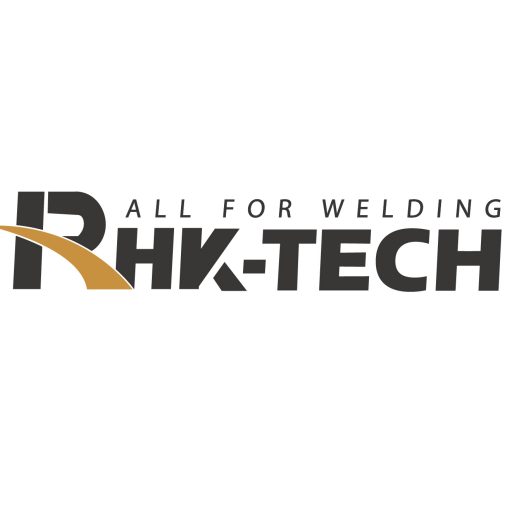Welding is an essential skill in many industries, from automotive to construction. Mastering welding gun angles and techniques can significantly improve the quality and precision of your welds. In this article, we will explore various welding gun tips and how to hold a welding gun correctly to achieve the best results.
Understanding Welding Gun Angles
The angle at which you hold your welding gun plays a crucial role in the quality of your weld. There are two main angles to consider: the travel angle and the work angle.
- Travel Angle: This is the angle relative to the direction of welding. A travel angle of 5 to 15 degrees is generally recommended. This slight tilt helps keep the weld pool visible and prevents slag from contaminating the weld.
- Work Angle: This is the angle perpendicular to the workpiece. For most welding tasks, a work angle of 90 degrees is ideal. However, this can vary depending on the type of joint you’re working on.
Understanding these angles and adjusting them according to the specific requirements of your project can help improve weld penetration and reduce defects.
How to Hold a Welding Gun
Properly holding a welding gun is fundamental to achieving clean and precise welds. Here are some tips on how to hold a welding gun:
- Grip: Hold the gun firmly but not too tightly. A relaxed grip allows for better control and reduces fatigue.
- Position: Keep your hand close to the gun’s trigger to maintain control. Your other hand can support and guide the gun if needed.
- Stance: Stand or sit in a stable position. Your body should be steady to ensure a consistent weld bead.
- Movement: Move your hand smoothly and consistently. Avoid sudden jerks or stops, as these can create defects in the weld.
Techniques for Improved Precision
- Stringer Bead Technique: This technique involves moving the welding gun in a straight line. It’s ideal for thin materials and produces a clean, narrow weld bead.
- Weave Technique: Move the welding gun side to side in a weaving motion. This technique is useful for wider welds and thicker materials, providing better coverage and penetration.
- Circular Motion: Use small circular motions to create a uniform weld bead. This technique helps distribute heat evenly, reducing the risk of burn-through.
- Pulsing: This technique involves quickly turning the welding current on and off. Pulsing can control heat input, reduce distortion, and improve weld appearance.
Common Mistakes and How to Avoid Them
- Incorrect Angle: Holding the welding gun at the wrong angle can cause poor penetration and weak welds. Always check your travel and work angles before starting.
- Too Fast or Too Slow: Moving the gun too quickly can result in inadequate fusion, while moving too slowly can cause excessive heat build-up. Practice maintaining a consistent speed.
- Poor Posture: Unsteady posture can lead to uneven welds. Ensure you are comfortable and stable before beginning your weld.
- Inadequate Cleaning: Dirty or contaminated surfaces can lead to weld defects. Always clean the workpiece thoroughly before welding.
Advanced Tips for Professional Welders
- Preheat the Workpiece: For thicker materials, preheating can reduce the risk of cracking and improve weld quality.
- Use the Right Filler Material: Matching the filler material to the base metal is crucial for strong, durable welds.
- Adjust the Welding Parameters: Fine-tune the voltage, current, and travel speed according to the material and thickness you’re working with.
- Practice: Consistent practice is key to mastering welding techniques. Regularly challenge yourself with different materials and joint types to improve your skills.
Conclusion
Mastering welding gun angles and techniques is essential for producing high-quality welds. By understanding the importance of travel and work angles, learning how to hold a welding gun correctly, and practicing various techniques, you can significantly improve your welding precision. Avoid common mistakes and apply advanced tips to take your welding skills to the next level. For more detailed guides and professional welding equipment, visit RHK TECH Welding.
























发表评论